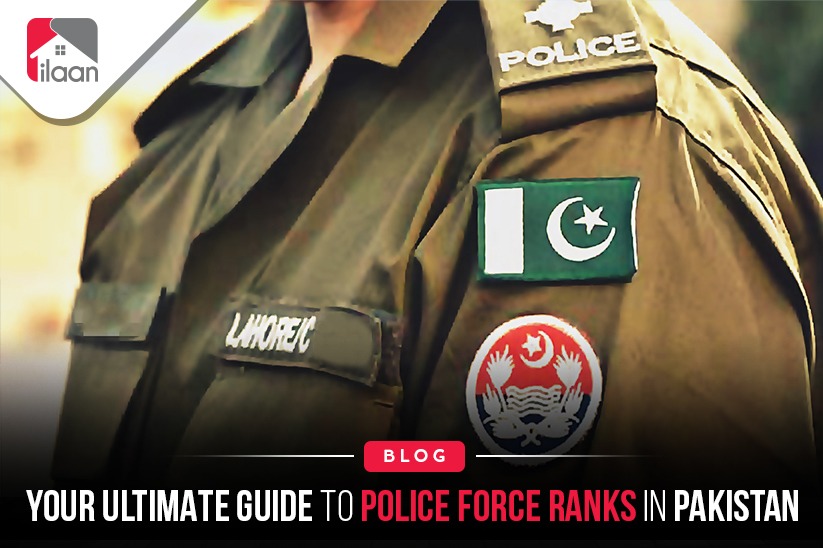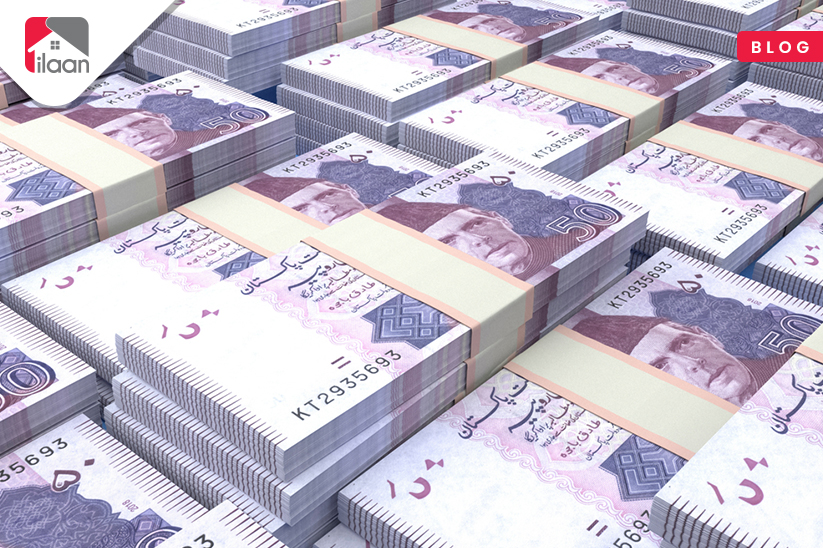Understanding the police hierarchy in Pakistan is important to know how the police force is organized and operates. The ranks in the Pakistani police combine old traditions with modern changes, showing the different roles and responsibilities at each level. Here's a clear guide to the police ranks in Pakistan, from the highest officers to the basic level. The police in Pakistan are an essential part of the civil services, responsible for maintaining law and order across the country. There are seven main law enforcement agencies, each with its own area of responsibility as defined by the Constitution of Pakistan.
Major Law Enforcement Agencies
- Punjab Police
- Jurisdiction: Province of Punjab
- Role: Responsible for maintaining security and public order in Punjab.
- Sindh Police
- Jurisdiction: Province of Sindh
- Role: Ensures law enforcement and safety within Sindh.
- Balochistan Police
- Jurisdiction: Province of Balochistan
- Role: Executes policing duties in Balochistan, focusing on security and order.
- Khyber Pakhtunkhwa Police
- Jurisdiction: Province of Khyber Pakhtunkhwa
- Role: Safeguard citizens and enforce laws in Khyber Pakhtunkhwa.
These four provincial police forces operate under the jurisdiction of their respective provincial governments, adhering to the constitutional framework.
Semi-autonomous and Federal Agencies
- Azad Kashmir Police
- Jurisdiction: Azad Kashmir
- Role: Serves the semi-autonomous region of Azad Kashmir, maintaining law and order.
- Gilgit-Baltistan Police
- Jurisdiction: Gilgit-Baltistan
- Role: Manages security and policing in the semi-autonomous region of Gilgit-Baltistan.
- Capital Territory Police
- Jurisdiction: Islamabad
- Role: Performs standard policing duties in the capital city, operating directly under the Ministry of the Interior.
Ranks of police in Pakistan
Inspector General of Police (IGP)
The Inspector General of Police (IGP) is the highest-ranking officer in the provincial police forces of Pakistan. The IGP oversees all police activities within the province, implements policies, and ensures law and order. The insignia for the IGP includes a crossed sword and baton with a star above, usually surrounded by a wreath.
Additional Inspector General of Police (Addl. IGP)
Reporting directly to the IGP, the Additional IGP assists in managing various aspects of the police force. They may head specialized units or regional commands. The insignia includes a crossed sword and baton with three stars above.
Deputy Inspector General of Police (DIG)
The DIG oversees police operations in a defined region or sector within the province. They are responsible for implementing strategies and supervising senior officers under their command. The insignia for the DIG features a crossed sword and baton with two stars above.
Senior Superintendent of Police (SSP)
The SSP is in charge of police operations at the district level. They handle significant administrative tasks and ensure the smooth functioning of police activities within their jurisdiction. The SSP's insignia comprises a crossed sword and baton with one star above.
Superintendent of Police (SP)
An SP manages police activities in a district or a major part of a city. They are responsible for law enforcement and public safety in their designated area. The insignia includes a crossed sword and baton.
Assistant Superintendent of Police (ASP)/Deputy Superintendent of Police (DSP)
The ASP or DSP typically serves as the head of a sub-division within a district. They supervise the police stations in their area and report to the SP. The insignia for ASP/DSP is a single star.
Inspector
Inspectors are in charge of police stations or a group of police posts. They manage day-to-day operations, investigations, and administrative functions. The insignia for an Inspector consists of three stars in a row.
Sub-Inspector (SI)
Sub-inspectors lead smaller police stations or serve as second-in-command at larger ones. They are often the first point of contact for the public regarding criminal complaints. The insignia for a Sub-Inspector includes two stars.
Assistant Sub-Inspector (ASI)
ASIs assist SIs and Inspectors in their duties. They may also lead smaller police outposts or investigation teams. The insignia includes a single star.
Head Constable
Head Constables supervise constables and manage minor administrative tasks. They often serve as a bridge between the constables and higher-ranking officers. The insignia for a Head Constable is three chevrons.
Constable
Constables are the backbone of the police force, performing duties such as patrolling, maintaining public order, and assisting in investigations. Constables do not have any insignia.
Conclusion
The hierarchical structure of the police force in Pakistan ensures a clear chain of command and efficient law enforcement. Understanding these ranks helps in recognizing the roles and responsibilities of police officers at various levels, contributing to a better comprehension of how public safety and order are maintained.
Keep reading Ilaan's blog section for more informative posts.









